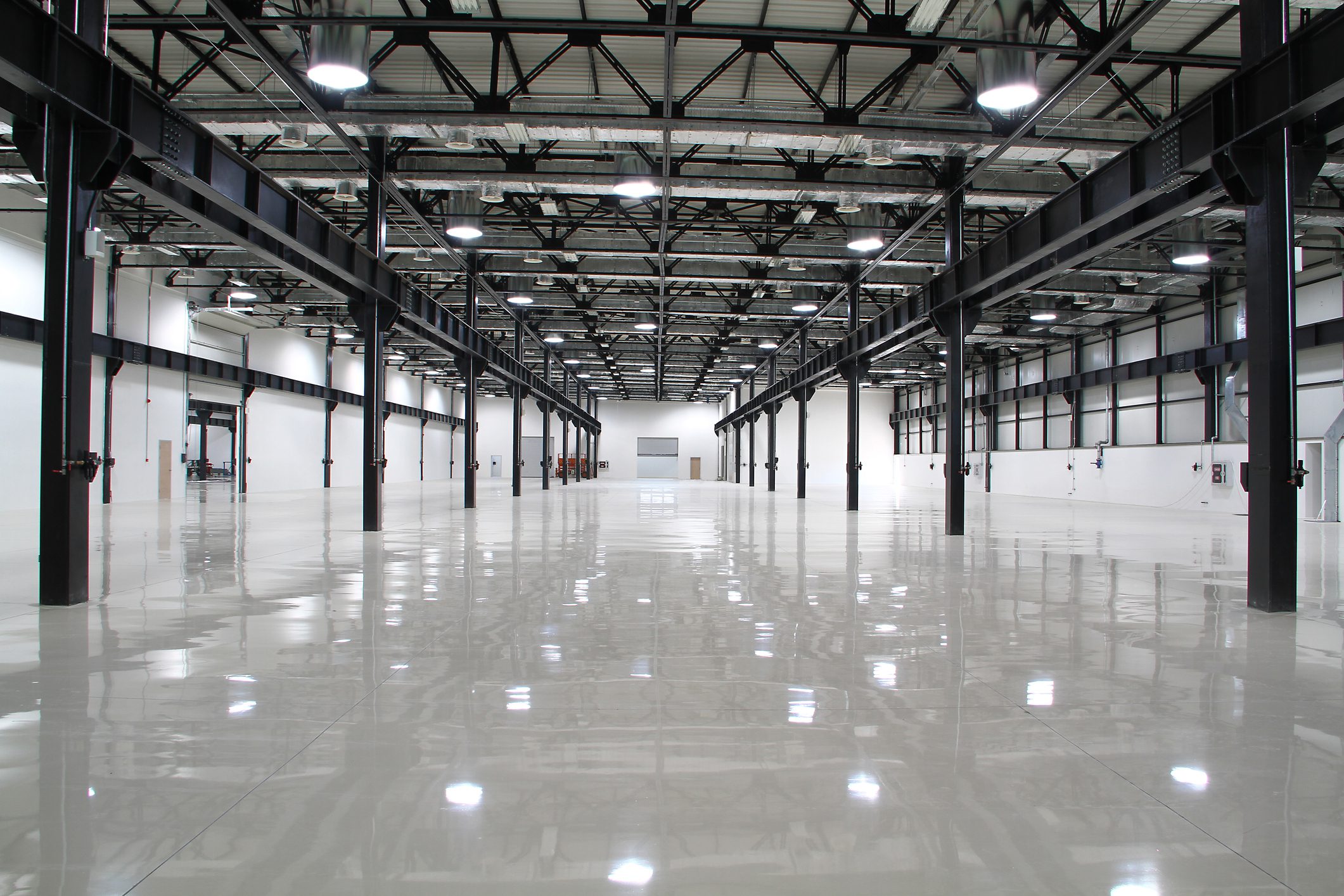Bolted and welded connections are two common methods used in structural engineering and construction for joining different components or members together. Each method has its advantages and considerations, and the choice between bolted and welded connections depends on various factors such as the structural requirements, ease of construction, cost, and future maintenance.
Bolted Connections:
- Assembly: Bolted connections involve using bolts, nuts, and washers to hold the components together. The components are typically pre-drilled with holes, and the bolts are inserted through these holes and tightened using torque.
- Disassembly: Bolted connections are relatively easy to disassemble, making them suitable for situations where future modifications, maintenance, or repairs may be necessary.
- Field Construction: Bolted connections can be easily made on-site, allowing for efficient field construction and installation.
- Tolerant to Misalignment: Bolted connections provide some tolerance for misalignment during assembly, allowing for slight adjustments and flexibility during construction.
- Cost: Bolted connections generally require more components (bolts, nuts, washers) and labor compared to welded connections, which may result in higher material and installation costs.
Welded Connections:
- Fusion of Materials: Welded connections involve melting the base metals at the joint and fusing them together. This results in a continuous and strong connection between the components.
- Strength: Welded connections offer excellent strength and load-carrying capacity, often equal to or greater than the strength of the base materials.
- Aesthetics: Welded connections can provide a cleaner and more aesthetic appearance, as they do not have visible bolts or fasteners.
- Rigidity: Welded connections create rigid joints, which can be advantageous in applications where stiffness and minimal deflection are desired.
- Construction Efficiency: Welding can be a quicker method of joining compared to bolted connections, as it does not involve the installation of multiple fasteners and tightening operations.
- Design Limitations: Welded connections may introduce heat-affected zones (HAZ) and residual stresses, which could affect the structural behavior. Additionally, certain materials and thicknesses may require specific welding procedures or certifications.
It’s important to note that the choice between bolted and welded connections depends on the specific project requirements and considerations. Structural engineers and designers evaluate factors such as load requirements, structural behavior, ease of construction, maintenance needs, cost, and other relevant factors when determining the appropriate type of connection for a given application.









